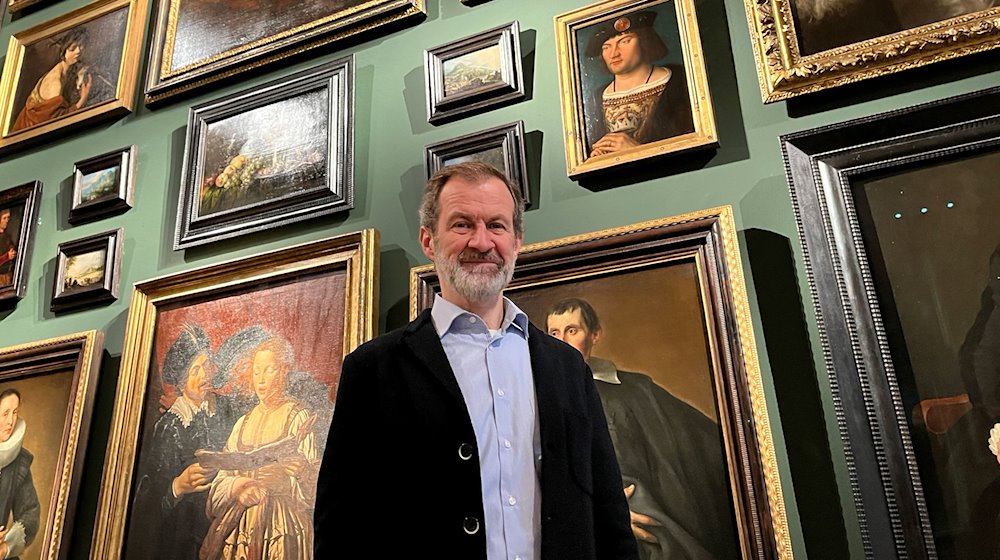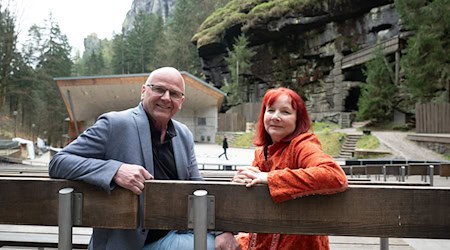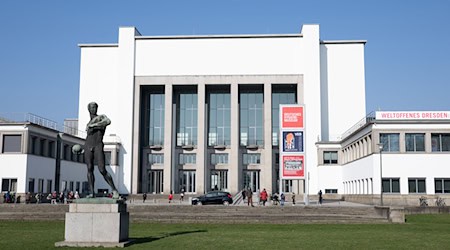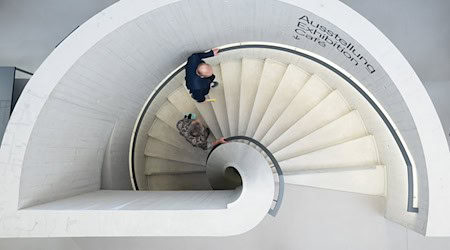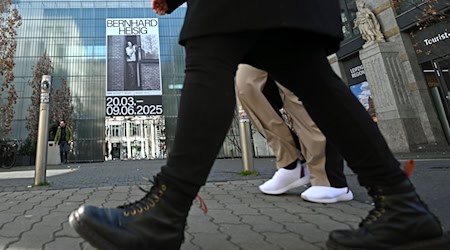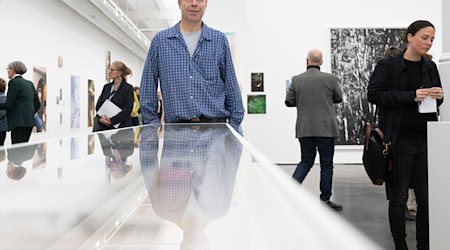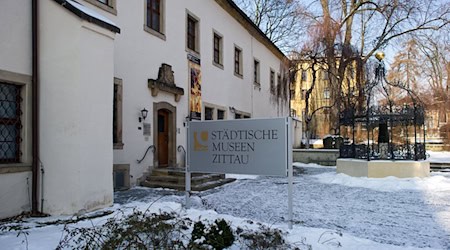Once a year, the Princely Family of Liechtenstein gives the general public an insight into its art collection, which has grown over the centuries. On Friday, a special exhibition opened in the Garden Palace of the aristocratic house in Vienna. Until the beginning of April, the timelessly impressive portrait paintings by Peter Paul Rubens (1577-1640) and Anthonis van Dyck (1599-1641), among others, will take center stage. Many of the works on display were purchased from Vienna by Prince Johann Adam Andreas I of Liechtenstein (1675-1712).
The current head of the family, Prince Hans-Adam II, is personally continuing this tradition, Stephan Koja, Director of the Princely Collections Liechtenstein, told the German Press Agency. "I suggest purchases, but the Prince buys with his private assets," said Koja, who previously managed the Old Masters Picture Gallery in Dresden. In contrast to most other European collections, the Liechtenstein's art treasure has grown by around 1,000 works over the past 30 years. The Liechtensteins are not lacking in financial power. Among other things, the family owns LGT Bank, which manages more than 300 billion euros in assets for wealthy private clients. Until 2011, the Garden Palace in Vienna was run as a museum open to the public to present parts of the collection, which comprises more than 30,000 objects from the early Renaissance to the Romantic period. However, due to a lack of visitors, the princely family residing in Vaduz closed the regular operation and focused on the more lucrative rental of the premises for events as well as booked guided tours for smaller groups. Koja is currently working on opening up the house a little more again. There are plans to extend the annual spring exhibition and generally "offer more opportunities to visit", said the Austrian art historian.
Koja explains his move from the Dresden State Art Collections to the private collection of an aristocratic house primarily with the quality of the Liechtenstein art treasures, but also with the more straightforward way of working within the princely collection. "Bureaucracy took up an enormous amount of space there," he said of his time in Dresden. In Vienna, on the other hand, decisions could be made immediately.
Copyright 2024, dpa (www.dpa.de). All rights reserved

